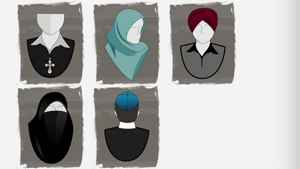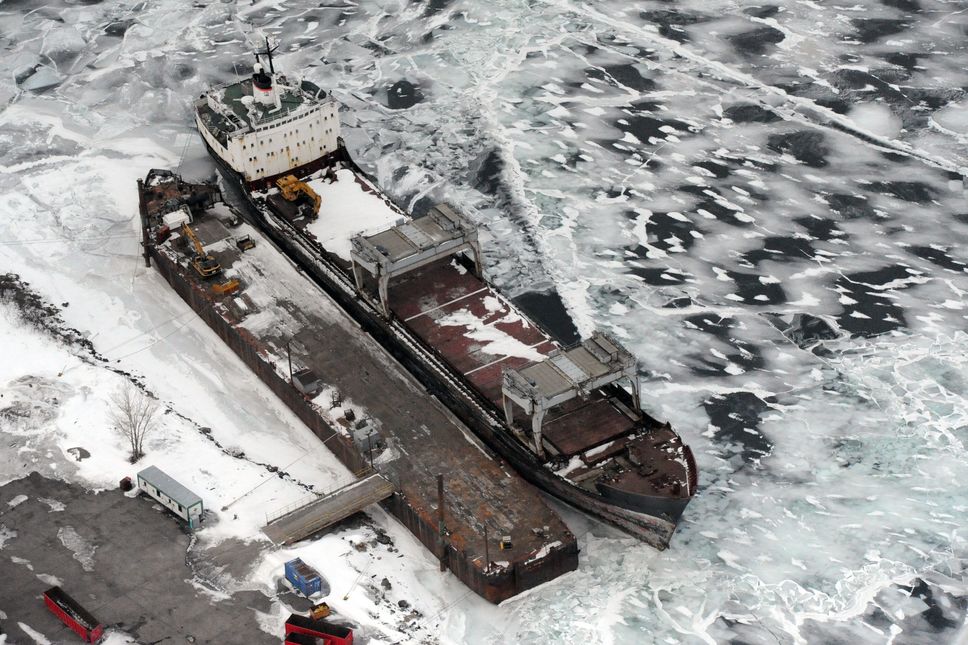The Bell-Boeing V-22 Osprey admittedly looks like something out of a science fiction film. A tiltrotor aircraft with both vertical takeoff and landing (VTOL) and short takeoff and landing (STOL) capability, the Osprey enjoys the advantages of a helicopter and a turboprop plane. Despite a rocky design and production process, the V-22 has been adopted by the United States Marine Corps and Air Force, seeing action in Iraq, Afghanistan, Sudan, and Libya.
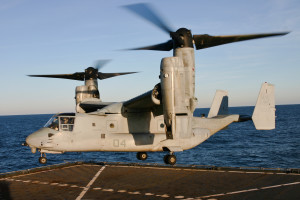
Other countries might soon join the US as operators of the V-22. In an effort to shore up its defence of the Senkaku and Nansei Islands, Japanese lawmakers approved the procurement of five of these aircraft in January 2015. Israel is also reportedly mulling the purchase of several aircraft, while South Korea may purchase a few in order to enhance its capacity to deploy special forces in response to potential North Korean aggression in the Yellow Sea. But such purchases remain largely hypothetical and the response to the Osprey among international buyers has been less enthusiastic than expected. As a result, the manufacturer Bell Helicopter has cut more than 600 jobs in Fort Worth, Texas since October 2014 and instituted a hiring freeze.
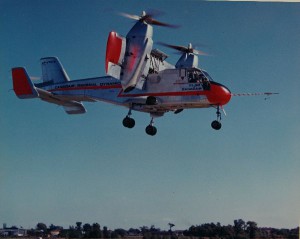
Interestingly, the Canadian Forces was once a prospective buyer, though not with a view to deploying the V-22 Osprey in a combat role. The CC-115 Buffalo, introduced between 1965 and 1974, has been the Royal Canadian Air Forces’ principal search-and-rescue aircraft. Beginning in 2002, the Canadian government identified a need to replace these with newer aircraft, kicking off a procurement saga that continues to date. At one point, Bell-Boeing had initiated a bid under the Canadian government’s Fixed-Wing Search and Rescue (FWSAR) project in the hopes that the V-22 Osprey might be recognized as the ideal replacement for the CC-115 Buffalo. Unlike the other contenders, the Osprey would have been able to hover for rescue and recovery after completing a successful aerial search. However, in frustration with the repeated delays to the FWSAR project, Bell-Boeing has not been actively pursuing the contract, leaving the Alenia Aermacchi C-27J Spartan, Airbus C295, and the Lockheed Martin C-130J as the remaining competitors.
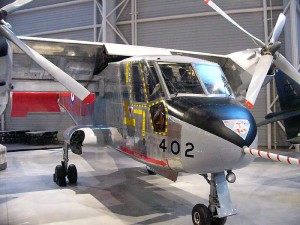
Deployment of a V/STOL aircraft would not have been a radically new experience for the Canadian Forces either. From 1965 to 1974, Canadair experimented with an aircraft strikingly similar to the Osprey in design, the CL-84 Dynavert. Amid cuts in Canadian military spending, there was a lack of domestic demand for the Dynavert, while attempts to market the aircraft to the United States, West Germany, the Netherlands, Italy, and the United Kingdom failed due to an increased focus internationally in jet propulsion. Ultimately, only one prototype and three evaluation aircraft were built before the design was abandoned.
Another factor which impacts the likelihood that the Osprey or another V/STOL design might be adopted by the Canadian Forces relates to cost. As of 2015, the V-22 Osprey has a unit cost of approximately $72 million USD. In comparison, currently the most expensive competitor for the FWSAR project is the C-130J Super Hercules, which has an average unit cost of $68 million USD. The Osprey is also unlikely to be acquired for a combat role due to this relatively high cost; for example, Canada’s much belated Sikorsky CH-148 Cyclone maritime helicopter has an average unit cost of $64 million CAD. Beyond the cost of the actual aircraft, training Canadian Forces personnel on the operation of tilt-rotor aircraft so long after the flirtation with the Dynavert would leave the final price tag per unit significantly higher than that of an orthodox turboprop transport or helicopter.
If the Osprey is to see use in the near future by partners like Japan, South Korea, and Israel, Canada will clearly be a late-adopter of tilt-rotor technology. In the meantime, the Canadian Forces’ current fleet of 50-year old CC-115 Buffalo aircraft become increasingly dangerous to operate, placing the country’s search-and-rescue capabilities in the North at substantial risk.


